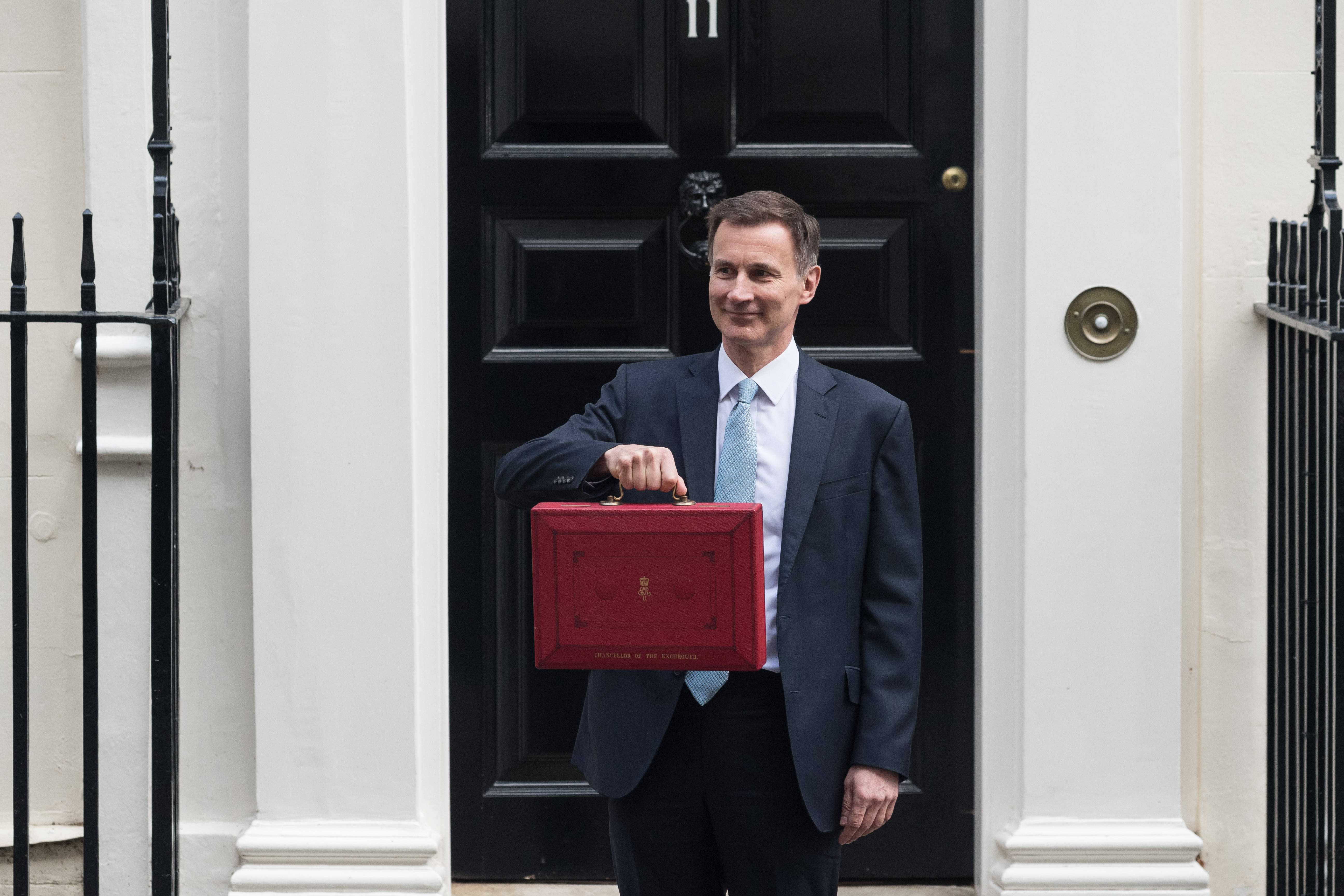
Measures announced in today’s (March 6) Spring Budget include £2.5 billion of additional spending to the NHS for one year only, which will “barely cover existing costs”.
Chancellor Jeremy Hunt’s programme of funding for the NHS has drawn criticism from the Society of Radiographers for a lack of meaningful change at a time when “departments are overstretched, staff are leaving and patients are having to wait ever longer for essential treatment”.
Efficiency and productivity
Mr. Hunt announced that the planned growth in day-to-day spending would remain at 1 per cent in real terms, but that this would be “spent better”.
Alongside this came around £3.4 billion investment to modernise IT systems and £2.5 billion in additional spending for one year only.
Mr. Hunt said: “We will cut down and potentially halve form-filling by doctors using AI, we will digitise operating theatre processes, allowing the same number of consultants to do an extra 200,000 operations a year, and we’ll fund improvements to help doctors read MRI and CT scans more accurately and quickly, speeding up results for 130,000 patients every year and saving thousands of lives.
"The way to improve public services is not always more money or more people, we also need to run them more efficiently. We need a more productive state, not a bigger state.”
'Not going to make a difference'
However, the Society has explained there is “no slack whatsoever in the system”, and that radiography departments are facing acute shortages.
The average vacancy rate for radiography has risen to 13.4 per cent, meaning some departments face even higher vacancies.
Dean Rogers, executive director of industrial strategy for the Society of Radiographers, said: “The Chancellor’s plan to invest in technology to increase NHS productivity is of course very welcome. However, investment in technology alone is not going to make the difference to NHS waiting lists that the Chancellor clearly hopes it will.
“Tech needs people. While AI can speed up the process of reporting scan results, there can be no scans without radiographers delivering patient care – in fact, regulations require it.”
MRI and CT scanners are “standing idle” in radiography departments because they did not come with a budget for radiographers, and the government’s new community diagnostic centres (CDCs) – intended to speed up diagnosis and cut waiting lists – also came without money for staffing.
Mr. Rogers explained this meant CDCs have had to draw on existing staffing pools, often leaving hospital acute departments “chronically understaffed” as a result.
'The situation is only likely to worsen'
More than a million patients are currently waiting to see a radiographer. Recent figures show that one in five patients – 19.7 per cent – are now waiting at least six weeks to be seen by a member of the radiography workforce.
“Long waiting times mean that cases become more complex – and for some patients, even a two-week delay can mean the difference between life and death,” Mr. Rogers added. “NHS pay scales look like they are designed to make people want to leave – and the excessive hours radiographers have to work simply to stop patient waiting lists from growing are leaving them exhausted and demoralised.”
A recent survey of SoR members revealed 82 per cent could only fill their departmental roster with regular overtime shifts, because of staff shortages.
This year, the majority of university courses for diagnostic radiography had to enter clearing because of a lack of students to fill their places. In 2021-22, most radiography courses reported that more than one in five (21 per cent) students dropped out.
“The situation is only likely to worsen,” Mr. Rogers warned. “The NHS is in crisis. Increasing spending on technology without matching spending on staffing will only deepen the crisis and make it harder to return to where we should be – where NHS workers are fairly treated and patients receive the care they need, when they need it.
“Our members deserve better. Our patients deserve better.”
(Image: Jeremy Hunt, by Wiktor Szymanowicz/Anadolu via Getty Images)
